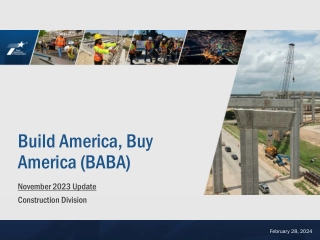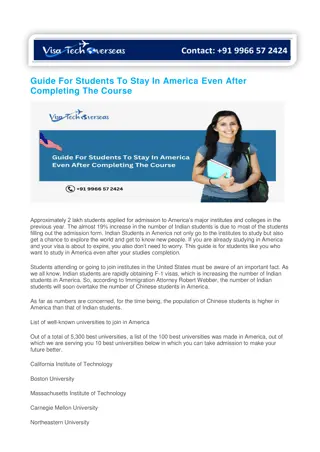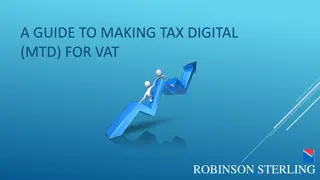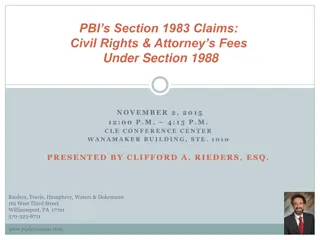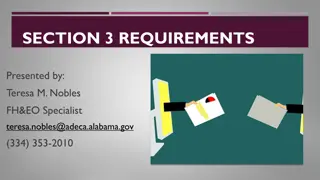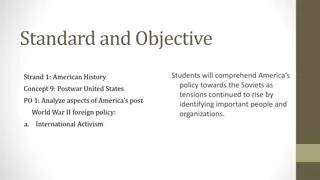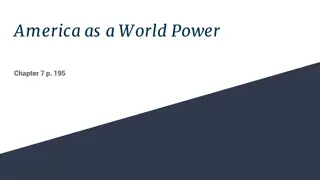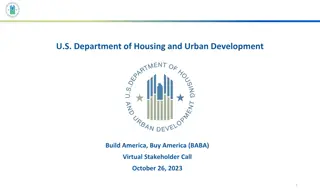
Innovations of the 1920s: Automobiles, Aviation, and Economic Prosperity
Explore the transformative impact of Calvin Coolidge's presidency, the rise of the automobile industry, advancements in aviation, and the economic growth in America during the 1920s. Witness how technology, transportation, and wealth changes shaped American society in this era.
Download Presentation

Please find below an Image/Link to download the presentation.
The content on the website is provided AS IS for your information and personal use only. It may not be sold, licensed, or shared on other websites without obtaining consent from the author. If you encounter any issues during the download, it is possible that the publisher has removed the file from their server.
You are allowed to download the files provided on this website for personal or commercial use, subject to the condition that they are used lawfully. All files are the property of their respective owners.
The content on the website is provided AS IS for your information and personal use only. It may not be sold, licensed, or shared on other websites without obtaining consent from the author.
E N D
Presentation Transcript
Calvin Coolidge served as the 30th U.S. president of the United States (1923 to 1929) He was Harding s Vice President and assumed the role of President upon the death of President Harding in 1923 Nicknamed Silent Cal due to his reserved demeanor Republican Had a lazie fair approach towards business wanting them to have free reign Tried to limit foreign completion by raising tariffs This is a short term solution
The automobile changed the way Americans lived The construction of newly paved roads created jobs and the ability to drive in all weather conditions This also impacted architecture as homes were now beginning to be built with garages Blinking traffic lights began being used in Detroit in the early 1920 s Under water tunnels began being used in 1927 connecting New York and New Jersey Construction of gas stations, public garages, motels, tourist camps and shopping centers gave American s a new reason to hit the open road Urban Sprawl also allowed many American families living in rural areas to enjoy the convenience of the city living without having to have to move there It also offered independence through mobility
Originally the U.S. post office began to send mail by plane but as early as 1918 commercial flights became a new form of convenient transportation New weather forecasting instruments and built in radios made air travel safer In 1920 Henry Ford created a tri-motor airplane Transatlantic flights made by Charles Lindberg and Amelia Earhart fueled American interest in aviation In 1927 the Lockheed Company produced a single engine comericial airplane This also created new opportunities for women to work as flight attendants
From 1920 to 1929 the average American income for families rose 35% from $522 to $705 annually. With this new found wealth items of convenience became extremely appealing Labor saving devices like electric washing machines, vacuum cleaners, electric sewing machines and refrigerators allowed families to enjoy more leisure time activities
With new products to market advertising agencies began hiring psychologists to analyze products and help them convince costumers that they needed these new items. They would appeal to the consumers desire to be youthful, beautiful, healthy and wealthy For example from 1921 to 1924 the gross sales of the floral industry nearly doubled thanks to the slogan Say it with flowers
http://vintagecatalog.files.wordpress.com/2009/12/vintage-ads-shaving.jpghttp://vintagecatalog.files.wordpress.com/2009/12/vintage-ads-shaving.jpg
With a boom in advertising and a need to purchase new goods many Americans began buying items on credit through the use of instalment plans Installment Plans-The ability to buy a product and pay for it in monthly installments (payments) over time This led to a boom in production that drove prices down The gap between rich and poor began to grow as more Americans began to live for the moment

